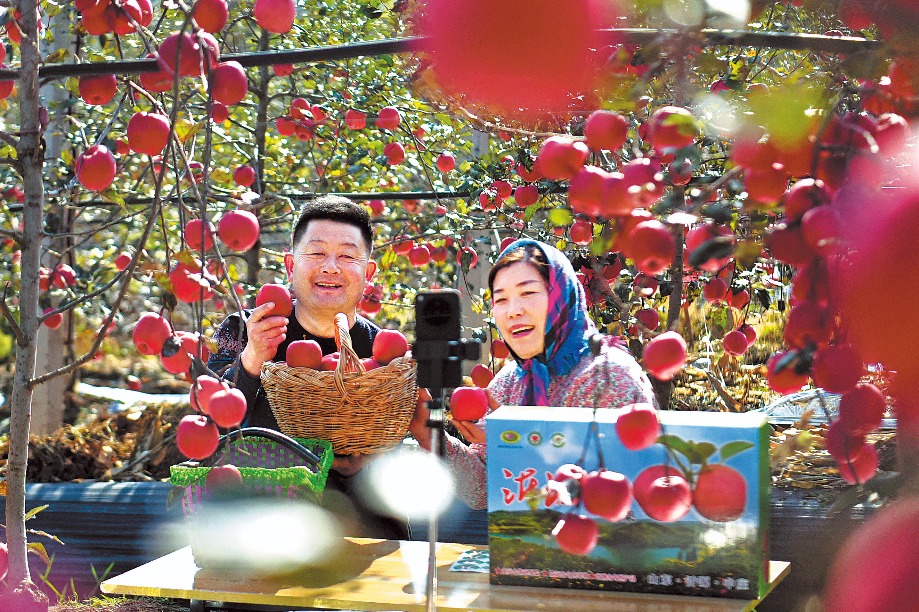Under our wing


New study explains how humans can protect and manage the avian population to the benefit of farming croplands, Li Yingxue reports.
Humans and wildlife often have to share areas of land. And on croplands, particularly, avian and human lives can intersect to the benefit of both. Yet the beneficial services provided by birds, for example pest control, are less visible than the disservice they do in terms of direct damage to crops. Since farmers mainly care about what they can observe directly, this often leads to birds being wrongly perceived as pests that need eliminating.
In a groundbreaking study that transcends borders and ignites a renewed fascination with the natural world, postdoctoral researcher Huang Cheng from School of Life Sciences, Sun Yat-sen University in Guangzhou, Guangdong province, together with his colleagues, has unveiled profound insights into the captivating relationship between birds and humans on croplands that may lead to more harmonious coexistence between the two.
Published in the esteemed peer-reviewed journal PLoS Biology on July 7, a paper lead authored by Huang, titled "Insights into the coexistence of birds and humans in croplands through meta-analyses of bird enclosure studies, crop loss mitigation experiments, and social surveys", has captured the attention of the scientific community worldwide.
Their research findings suggest that birds typically enhance woody crop production, but not herbaceous crops, highlighting the significance of crop loss mitigation efforts for harmonious coexistence between birds and humans.
The study also reveals that nonlethal, technical measures, such as scaring devices and adjusted sowing practices, are more effective in reducing crop losses compared to elimination methods such as poisoning, shooting and netting.
Additionally, Huang and his colleagues found that stakeholders from low-income countries tend to perceive the impact of birds on crop losses more negatively than those from high-income countries.
According to Huang, 33, drawing upon compelling evidence, their research has pinpointed potential regional clusters, with a particular focus on the tropics, where win-win coexistence strategies can flourish.
Through meticulous analysis, they equip stakeholders with effective evidence-based solutions to seamlessly integrate bird conservation and management practices into croplands. Huang says that their findings pave the way for fostering a harmonious balance between agriculture and avian ecosystems.




































